In a multi-monitor setup, a monitor distribution cable (also known as a video splitter or video distribution amplifier) allows you to connect multiple monitors to a single video source, such as a computer, laptop, or other video output device. This enables you to display the same content on all the connected monitors simultaneously.
Here's how a monitor distribution cable works:
Input Source: The monitor distribution cable connects to the video output port of your device (e.g., HDMI, DisplayPort, VGA, DVI, etc.). This port is usually located on the back or side of your computer or laptop.
Distribution Amplification: Inside the distribution cable, there is a video distribution amplifier. This component takes the video signal from the input source and amplifies it to be able to drive multiple monitors effectively.

Output to Monitors: The cable has multiple output ports that correspond to the number of monitors you want to connect. Each output port sends the amplified video signal to an individual monitor.
Identical Display: Since the video signal is amplified and distributed equally to each output port, all connected monitors display the same content at the same time. This is useful when you want to duplicate the same display on all the monitors, such as during presentations, video playback, or when you need a consistent view across multiple screens.
It is essential to ensure that your input source supports the necessary resolution and refresh rate required for the number of monitors connected. The distribution cable will not increase the capabilities of the video source but only duplicates the signal to multiple displays.
Keep in mind that a monitor distribution cable is different from a graphics card with multiple video output ports. A dedicated graphics card with multiple outputs allows you to extend your desktop across multiple monitors, providing individual displays with different content on each one. In contrast, a distribution cable is primarily for mirroring the same content on multiple monitors simultaneously.
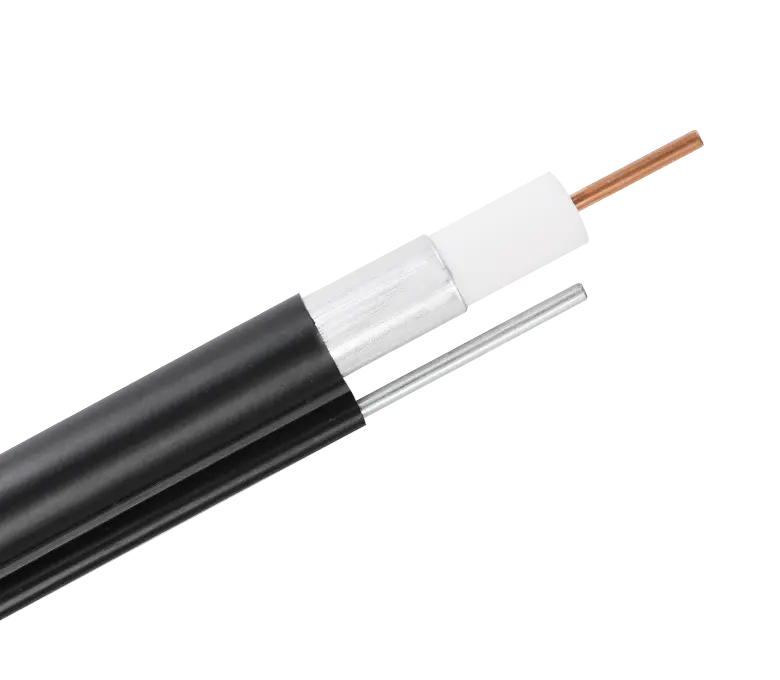
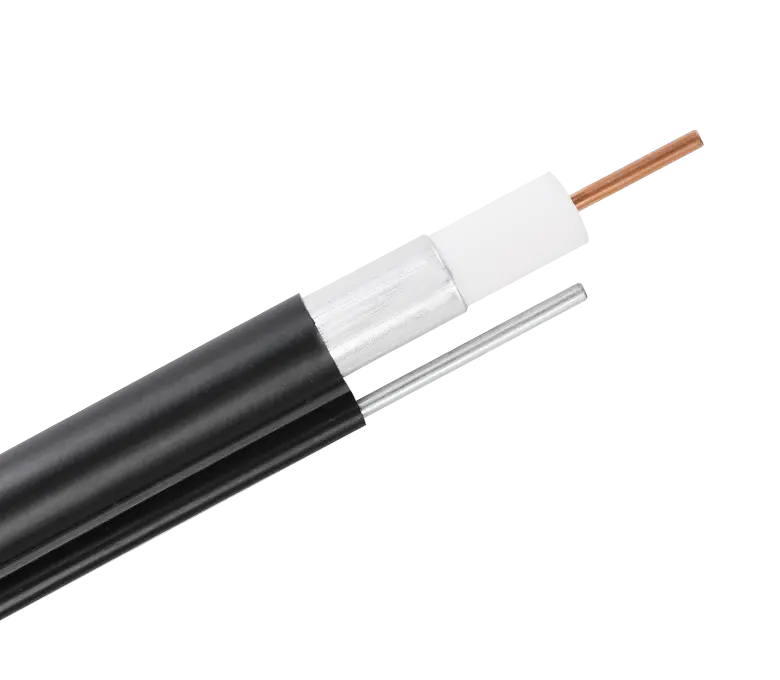
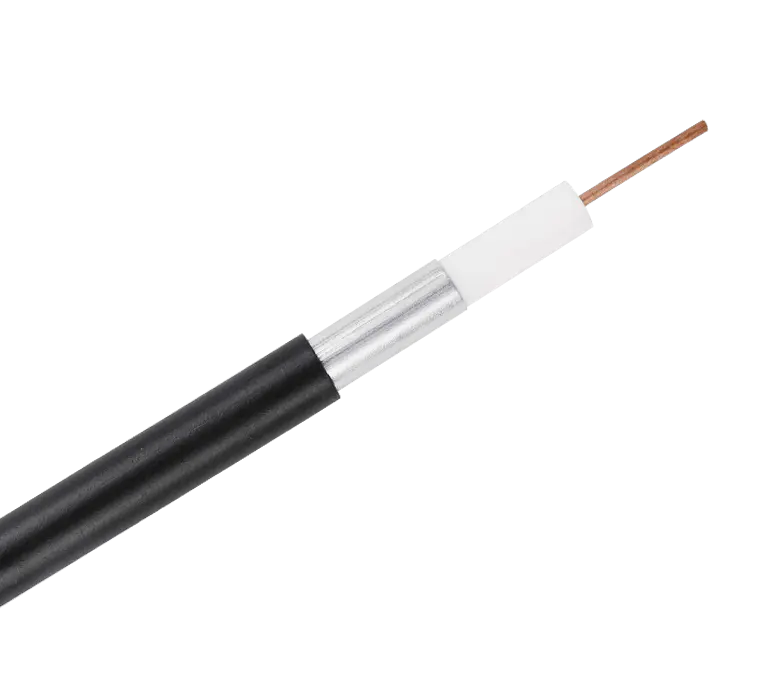
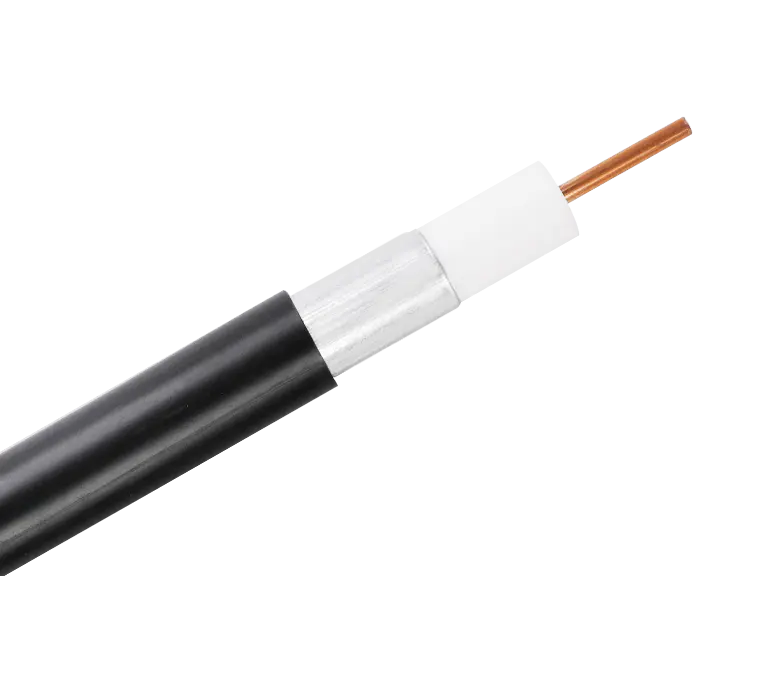
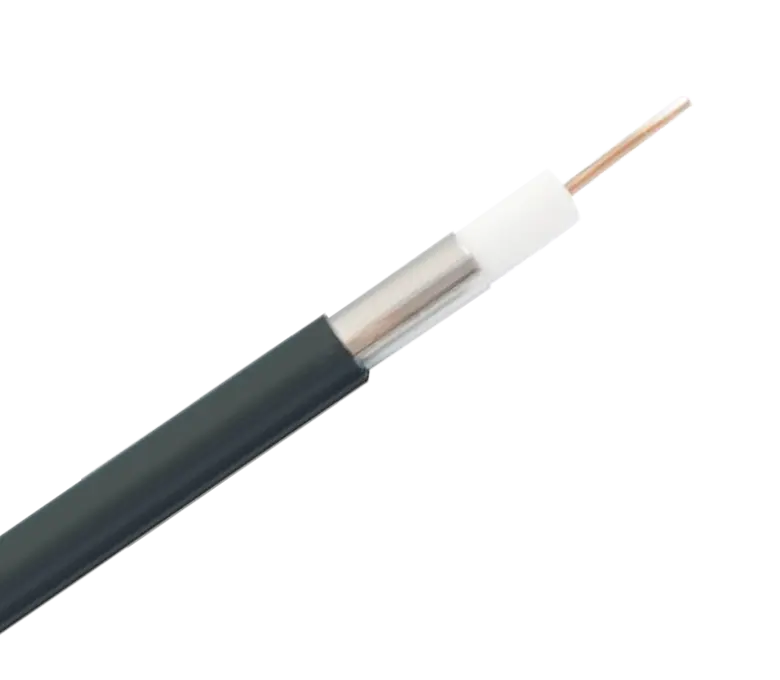
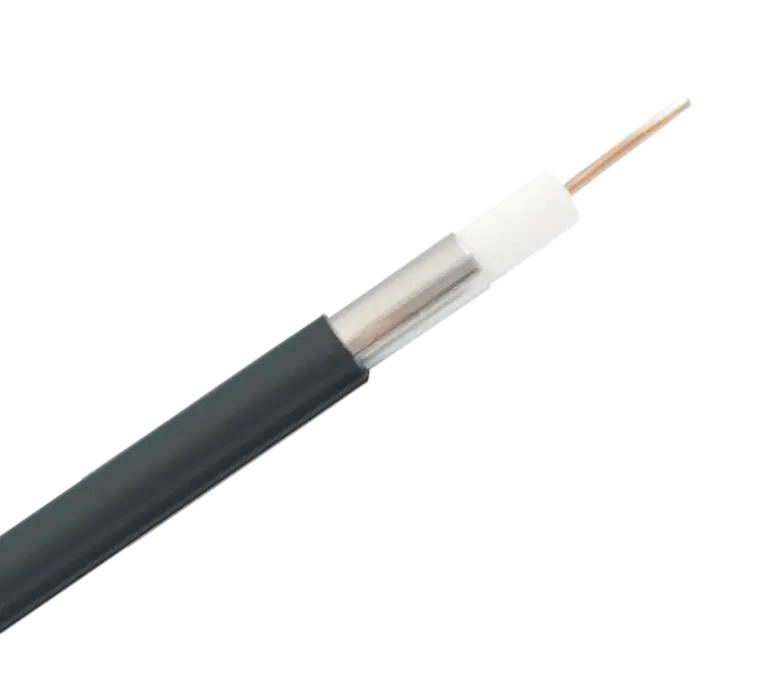
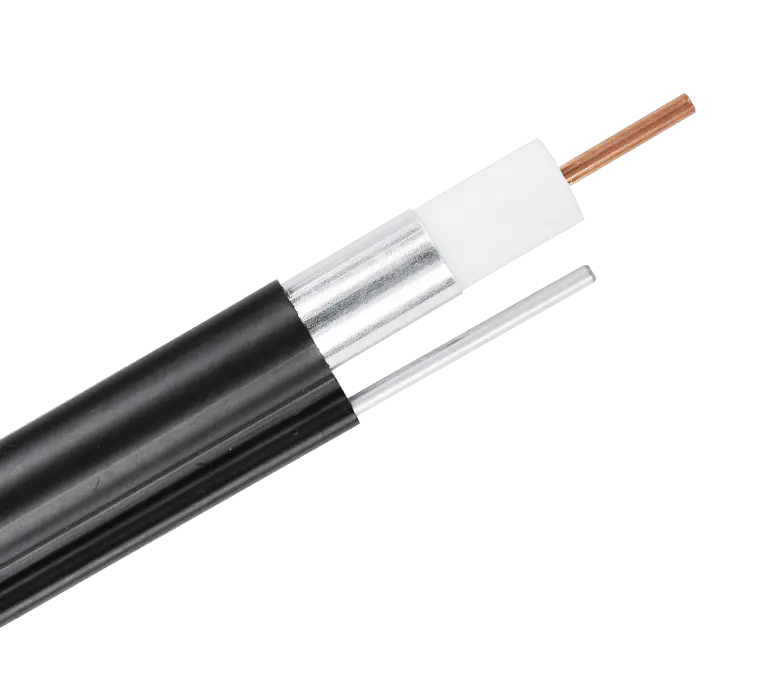
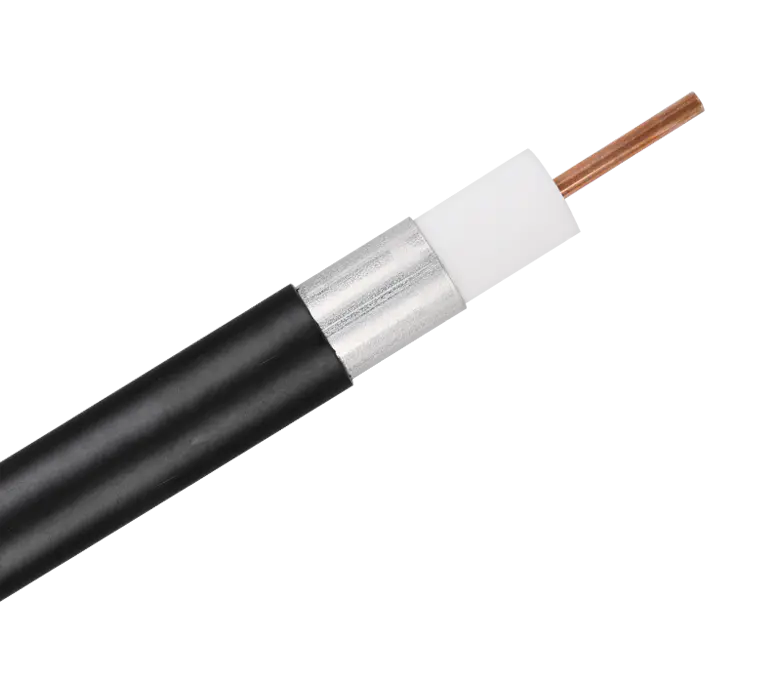
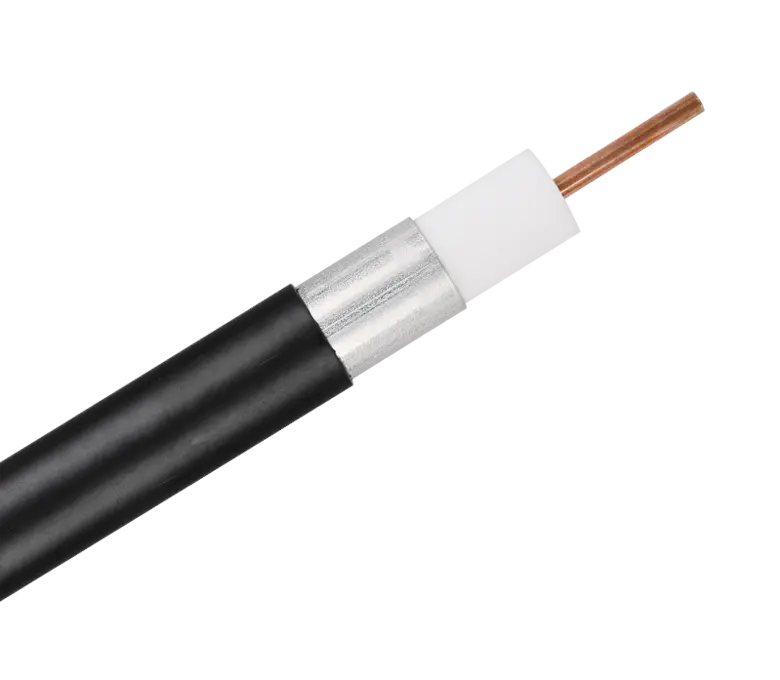
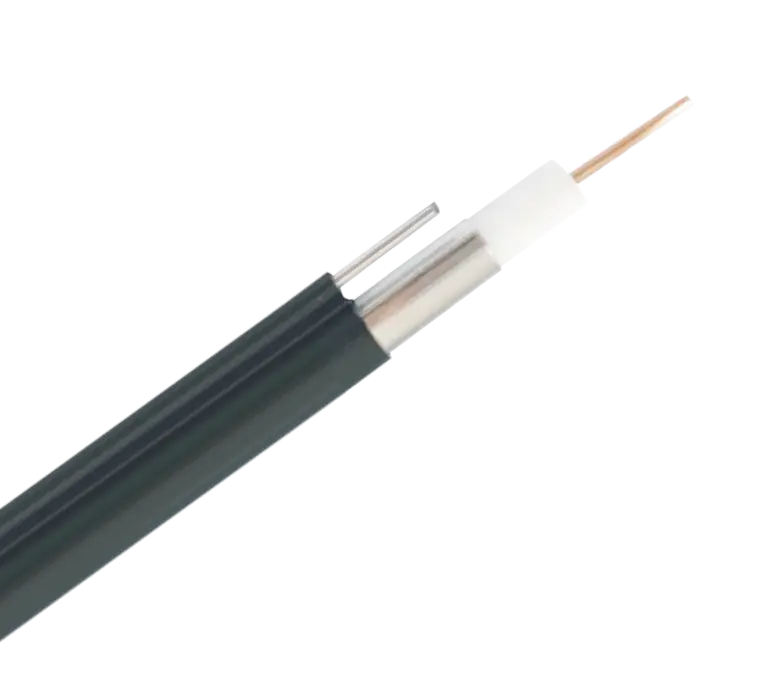
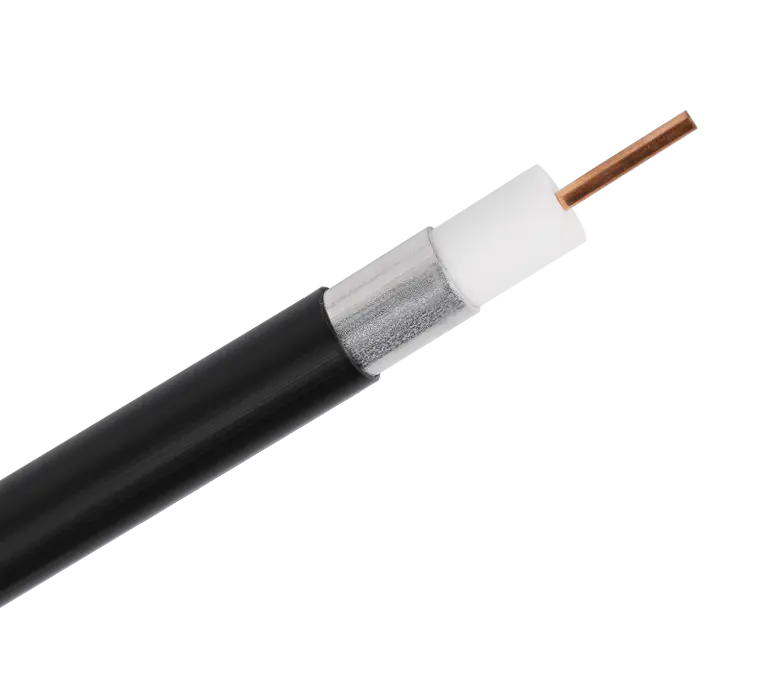
 浙公网安备33018502001191号
浙公网安备33018502001191号